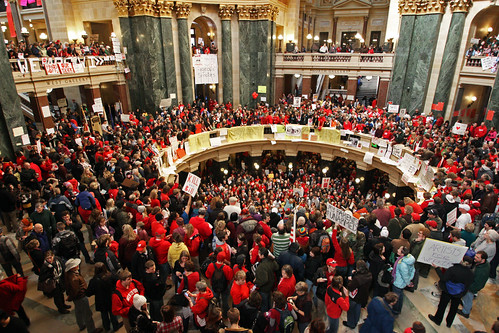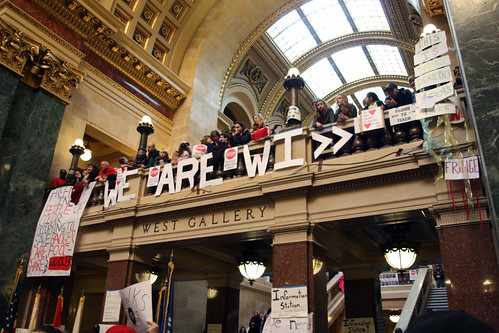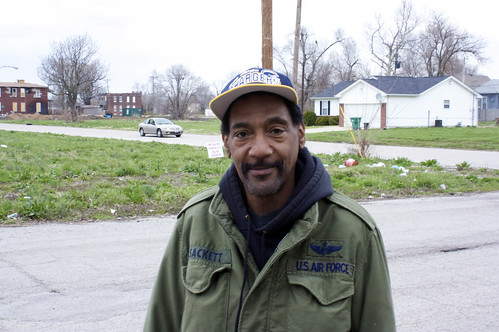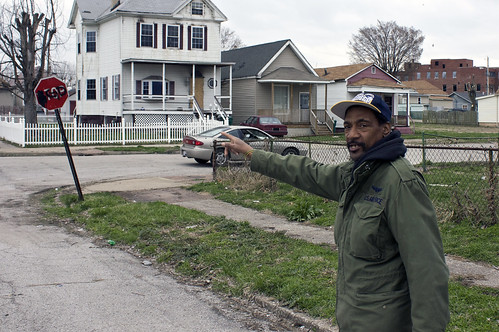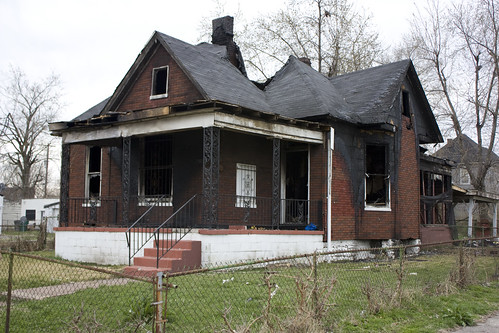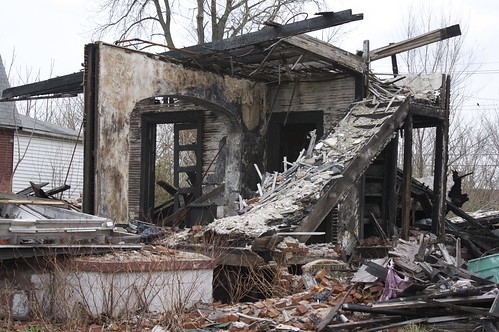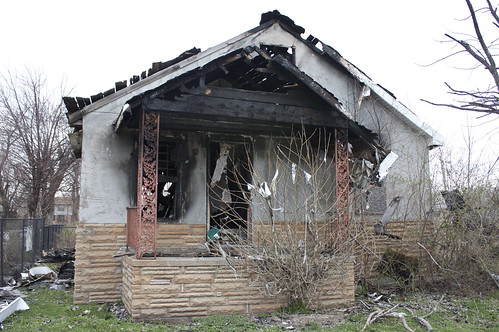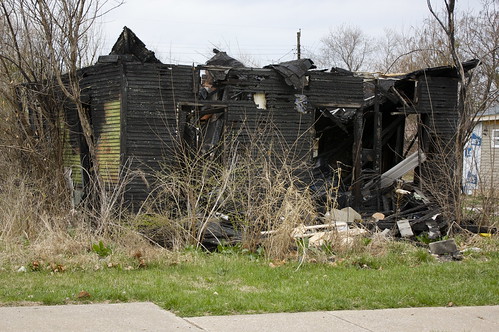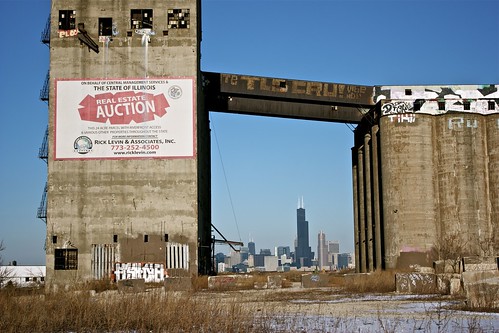
Photo: The state of Illinois would like to move this property that sits opposite downtown Chicago.
The colloquial “Damen Silos” harken back to an era when Chicago was a big player in the grain trade. The land on which the grain elevator lords over has been in use since the early 1800’s. In 1832 a fire broke out at the grain elevator and then rebuilt with with concrete. Disaster struck again on September 9, 1905 when spontaneous combustion killed several workers and consumed the entire building within an hour. Immediately thereafter architect John S. Metcalf was commissioned to build the current elevator.

Photo (source): View of the grain elevator looking northeast.
The National Park Service has an entry describing the location.:
The John S. Metcalf Company, consulting engineers, designed and built this facility for the Atchison, Topeka & Santa Fe Railroad in 1906. The original complex included a powerhouse, elevator with temporary storage and processing silos, and thirty-five grain storage silos. With a 400,000 bushel capacity, this complex could accommodate sixty railroad cars at the elevator and 300 railroad cars at a yard a short distance away. Equipmentat the site included two driers, bleachers, oat clippers, cleaners, scourers and dust packers. Using filtered water from the adjacent South Branch of the Chicago River, boilers with a total of 1,500 horsepower generated the steam and electricity required bythemachinery. The thirty-five grain silos south of this facility had a total capacity of one million bushels. In 1932, a grain dust explosion ignited a fire which destroyed the original timber and brick building. The Atchison Topeka & Santa Fe Railroad rebuilt the concrete processing house with fourteen reinforced concrete silos; the capacity of the facility was increased to 1,700,000 bushels. After reconstruction, the rail road leased the facility to the Stratton Grain Company.
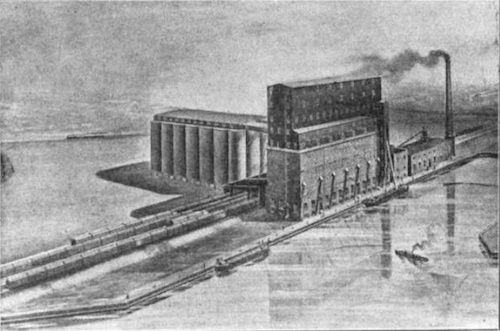
Photo: (source): Drawing of the grain elevator from around 1908.
In 1977 another large explosion caused significant damage to the grain elevator. Afterwards the location fell into disuse and became property of the state. The real estate company charged with selling the property states “the property was owned by the state who wanted seventeen million for it and it didn’t sell. They have lowered it to eleven million, but they are only willing to sell it in one big chunk.” In this economic downturn it is highly unlikely that this waterfront property will move anytime soon.
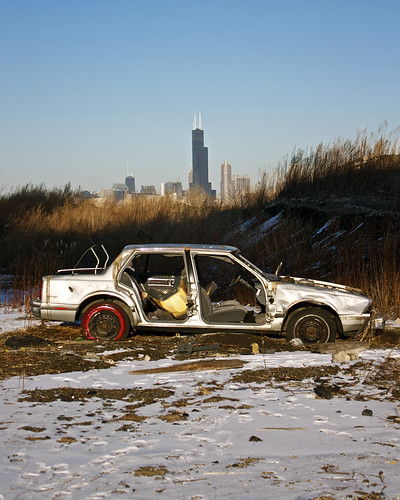
Photo: A lone abandoned Oldsmobile Eighty-Eight hides below the view of the Chicago skyline.
The silos were the last location of the day during this urbex expedition. The sun was fast fading and we were a bit fatigued. Other urbex explorers have braved several stories of rickety stairs with missing platforms to get shots from the top of the cavernous silos. I wasn’t having any of that. I had already broken my tripod handle and slipped on some ice. My urbex partner lost a lens cap and broke his tripod leg. We were content with just standing in awe of the colossal monument to human industry.
Resources:
Flickr – My Abandoned Damen Silos set.
Flickr – Search for most interesting photos tagged “damen+silos.”
GenDisasters – Excerpt from New York Daily Tribune about 1905 fire.
Google Books – 1908 description of the grain elevator.
Historic American Engineering Record – Description of location and photo inventory for the Library of Congress.
John Hutton (PDF) – Thesis proposal for redeveloping the site.
Library of Congress – 19 b&w photos of the grain elevator.
New City – A brief history and quotes about the silos.
